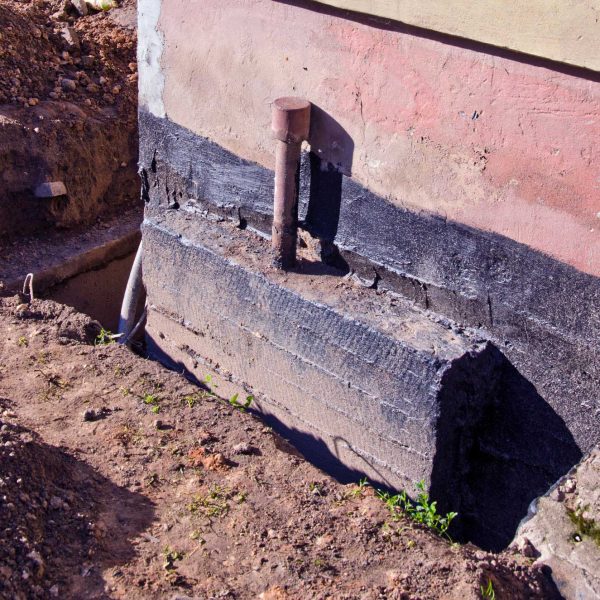Waterproofing the parts you don’t see

What happens when a building loses structural integrity?
The “building envelope”, or the dividing line between the inside environment and the outside environment, can be a very fragile thing. And one of the parts that gets the least attention but needs the most care is the foundation and footings below the grade.
Buildings that aren’t properly taken care of crumble over time, and that’s just as true for the parts you don’t see as the parts you do. Here’s why waterproofing below ground matters.
The problem with below-grade water
If your building has problems with standing water around the foundation, it’s a bigger problem than you think. Badly-designed drainage, improper guttering or even a high water table can contribute to issues with water all around the area of your building that’s responsible for holding everything up.
Water can build up in the substrate under your building. Over time, the hydrostatic pressure built up between the weight of the building and your substructure can inject water into places it’s not meant to go. Concrete is a durable building material, but there are always areas for water to get in as the structure shifts over time. Cracks, seams, and other imperfections can allow water in, then split more and more as the water continues to seep further in over the years. This eats away at the integrity of the foundation.
Fixing below-grade water damage
If your building has had damage caused by this sort of below-grade water injection, there are ways to fix it. Often people try fixing moisture problems from inside the building itself, but this is actually counterproductive—most of these methods actually wind up trapping moisture instead of keeping it out, exacerbating the problem.
When JKI is called out to do one of these jobs, our first step is to clear away the dirt around the outside of the foundation, digging all the way down to the footing. We clean the substrate, repair damaged masonry, and install a membrane over the outside to make sure water can’t make its way back in easily. If there are problems with standing water, we’ll make sure those are taken care of at the same time, then finally backfill and tamp down the dirt, leaving the building stronger than when we started.
There are other less invasive methods to do this as well, but they’re generally not a good idea unless there’s no other option. It’s safer and more reliable to opt for fully excavating. We’re highly experienced in this sort of work, and we’ll make your building as good as new—even better, in some cases. If you’re running into problems with below-grade water, reach out to JKI. We’re sure to have a solution that will fit your needs.
